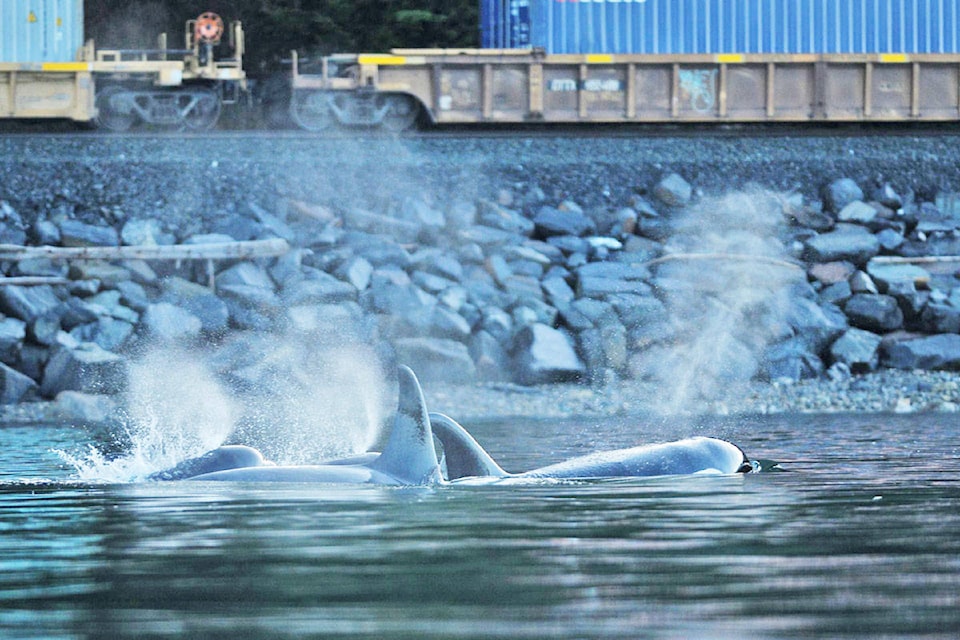Marine researchers are seeing a welcome increase among northern resident killer whales.
According to the latest report from Fisheries and Oceans Canada, the population reached 309 whales in 2017 — a figure that included five whales confirmed dead and 10 calves born.
In the 1970s, when DFO launched its study of the northern resident killer whales, the population stood at 120.
“The numbers have more than doubled since the beginning of the study. They took a bit of a downturn in the late 1990s, during a time when chinook salmon were particularly scarce in some poor salmon years,” said Lance Barrett-Lennard, director of the marine mammal program at the Vancouver Aquarium.
“It’s kind of a success story, that particular population. We’re really happy to see that trend continuing.”
Killer whales usually give birth every five years, and a high infant mortality rate is one reason for the low population numbers. Marine mammal researchers study the difference between annual births and deaths, and the three per cent birthrate in the 2017 study is considered healthy. The death rate was also particularly low last year.
Barrett-Lennard said researchers aren’t sure why the population has grown so much, but it looks as though the numbers are rebounding. The latest population count is the highest recorded.
Barrett-Lennard said the most likely theory for the fall and rise is that killer whales were frequently killed by humans until quite recently.
“People generally didn’t like killer whales through most of the 1900s until the last 25, 30 years. Fishermen really didn’t like them — they saw them as competitors for fish, they saw them to be dangerous,” he said. “It’s very easy to kill a killer whale with a rifle. If you had fishermen shooting at them, it wouldn’t take many deaths a year to really drive the population down.”
Public opinion of the species has since changed, and people from all over come to B.C.’s coasts to whale watch.
When the study of the northern resident killer whales began, the most reliable place to spot a killer whale in B.C. was Johnstone Strait. That too has changed.
“We live in fortunate times in a way, if we’re interested in animals like this and killer whales in particular because sightings have become much more common along the whole coast,” Barrett-Lennard said.
